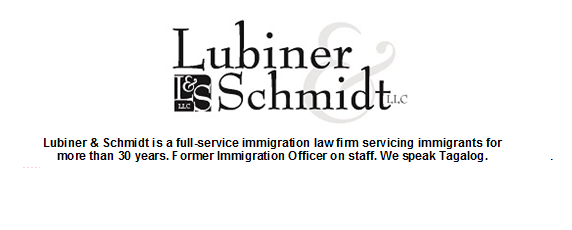Older Asians 65+ on food stamps, more economically vulnerable than average American: report
A new research report from AARP reveals economic disparity among Asian Americans and Pacific Islanders (AAPIs) age 50+. When viewed as a whole, AAPIs appear more financially secure than the general population, but the aggregate totals and median averages mask a large wealth and income gap among AAPIs.
While a few AAPI groups have higher levels of household income and consumer spending, many more Asian ethnic groups are at or below poverty levels compared to the general population of the same age.
“We are committed to bringing attention to the needs of AAPI 50+ so that gaps in knowledge about and services for these communities are met,” said Daphne Kwok, AARP vice president of Multicultural Markets and Engagement for the Asian American and Pacific Islander Audience. “AAPIs are consistently understudied and underserved. Our research demonstrates that the priority needs of AAPIs differ by ethnic group, age, language, income, the length of time they’ve lived in the U.S., and other factors.”
AARP’s report about the economic security of older AAPIs reveals that:
• AAPIs age 65+ are more economically vulnerable compared to the total U.S. population of the same age because they are less likely to have pensions, social security, and other financial products like health insurance and retirement savings:
-14 percent of AAPIs age 65+ are on food stamps vs. 9 percent of the total U.S. 65+ population
-13 percent of AAPIs age 65+ live in poverty vs. 9 percent of the total U.S. 65+ population
-68 percent of AAPIs age 65+ receive social security income vs. 86 percent of the total U.S. 65+ population
-22 percent of AAPIs age 65+ have retirement income from pensions and various retirement plans vs. 37 percent of the total U.S. 65+ population
• AAPIs 50+ households spend more compared with other U.S. 50+ households ($60.4K vs $50.1K), but AAPIs tend to live in extended and multigenerational households. Therefore the consumer spending reflects consumption by more household members.
• Senior AAPI home ownership overall is at parity with the total U.S. 65+ population, but AAPIs are more likely to be still making mortgage payments and concerned about housing costs:
-29 percent of AAPIs 65+ own their homes free and clear vs. 48 percent of the total U.S. 65+ population
-42 percent of AAPIs 65+ own their homes with a mortgage vs. 31 percent of the total U.S. 65+ population
-24 percent of AAPIs 65+ rent their homes vs. 16 percent of the total U.S. 65+ population
• AAPIs who speak English are in better financial shape than those who are linguistically isolated which limits their financial opportunities.
“Are Asian Americans and Pacific Islanders Financially Secure?: An AARP Report about the Economic Well-being of AAPIs age 50+” is the second of a three-part series of reports by AARP about key advocacy areas that impact AAPIs age 50 and older. The report is available for free download at www.AARP.org/AAPI. The next report about the health and healthcare of AAPIs will be released in January.












